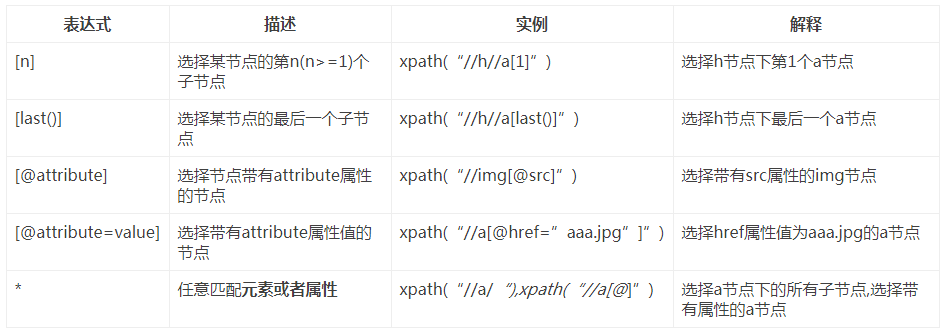Python中自带了XML的模块,但是性能不太好,相比之下,LXML增加了很多实用的功能。
lxml中主要有两部分,
1) etree,主要可以用来解析XML字符串,
内部有两个对象,etree._ElementTree和etree._Element
etree.Element对象中包含的属性和方法:
属性:1)tag,返回该节点的名称:
print 'root.tag' 输出tag
2)text,设置该节点的文本:
root.text = 'hello world' 输出<root>hello world</root>
3)tail,在标签后边追加文本:
root.tail = 'hym' 输出<root>hello world</root>hym
方法:1)Element(string),创建一个Element对象:
root = etree.Element('root') 返回一个XML的节点,名称root
root = etree.Element('root', interesting='totally') 返回一个root节点,属性interesting = 'totally'
2) set(name,value),为已有的节点,添加属性,
root.set('hello', 'huhu') 增加一个属性hello = 'huhu'
3) get(string),返回属性值,
root.get('intersting') 返回‘totally’
4) keys(),返回所有的属性名,
root.keys() 返回interesting,hello
5) items(),返回字典,其中包含所有的属性,及其 value
for name,value in sorted(root.items()) 返回两对属性
6) 为该节点,添加子节点,
child1 = etree.SubElement(root, 'child')
7) 为该节点,删除子节点,
root.remove(child1)
8) getparent(),拿到父节点
child1.getparent().tag 返回root
etree允许,节点内部的子节点,认为是一个list,
print "len(root)" 返回root节点及其子节点的个数;
root.index(child2) 返回child2的索引值
child = root[0] 返回child1,允许索引访问
for child in root: 允许遍历
...
root.insert(0, etree.Element('child0')) 允许插入
root.append(etree.Element('child4')) 允许append
etree._Element对象是一颗xml的树,内部包含很多element的对象,
1)root.getroottree(),返回一个节点对应的树,root表示当前节点的tag,返回的是Tree类型的对象
2)getroot(),返回根节点,返回的是Element类型的对象
3)etree.ELementTree(root),从一个节点构建一颗tree,该节点,也就是根节点,
etree,Element和Tree类型的对象,都支持xpath的方法:
foo.xpath('//root')[0].tag
2) html,主要用来解析html,
etree.html(HTML)来解析html,并得到Element对象,也可以调用xpath来分析xml
xpath,可以实现节点和属性的快速查找:
xpath('//div[@attr = value]/text()') 返回该div节点,满足attr属性要求的,节点的文本
xpath('//div[@attr]/@attr') 返回该div节点,含有attr属性,的值

